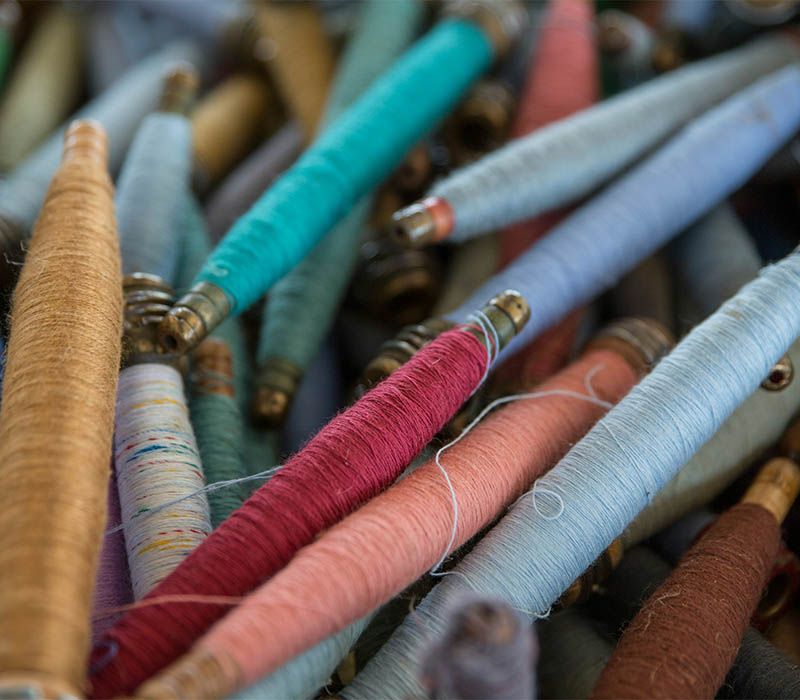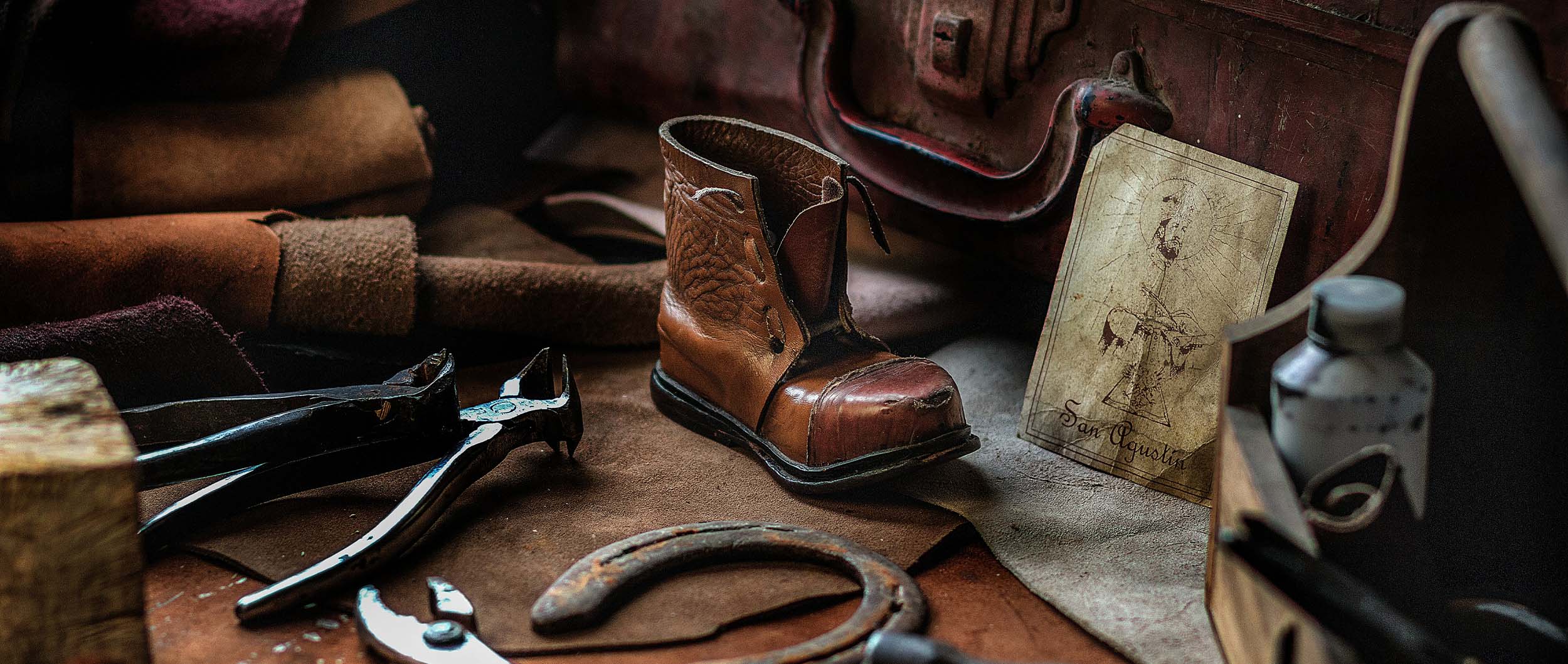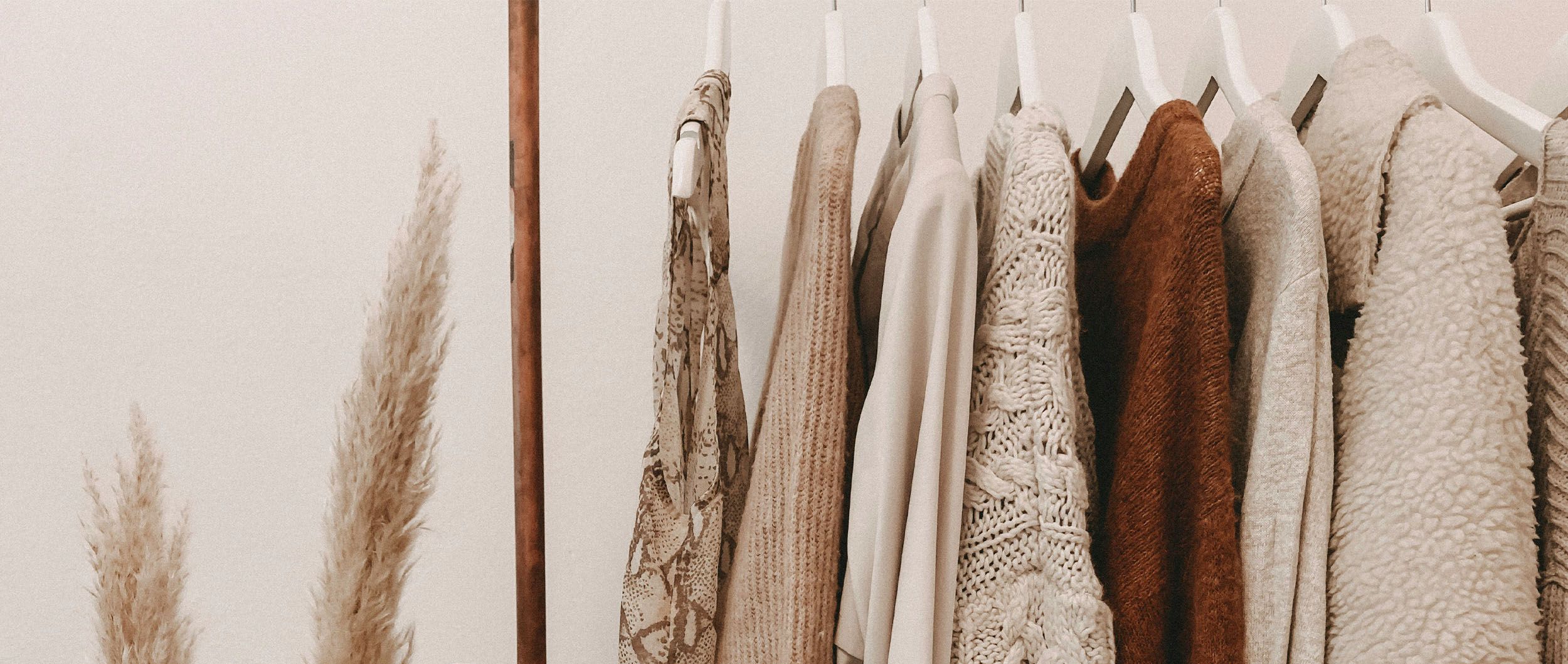Responsible fashion is emerging as a solution to the many environmental and social challenges posed to us by today's fashion industry. In response to many issues, including the 2013 Rana Plaza collapse in Bangladesh, responsible fashion is beginning to make its mark on the landscape of today's textile industry.
In perfect break with the production but also consumption models of the fast fashion, it is establishing itself as a necessary alternative for many fashion brands. It makes it possible to limit the social, societal and environmental impact of clothing from design to end-of-life.
Let's take a look together at the fundamental principles of a new fashion that aims to transform the industry into a more ethical one, with respect for the environment but also for people.

Let's start with the environment, which occupies a prominent place in the characteristics of responsible fashion. Indeed, environmental sustainability is one of the main pillars of eco-responsible fashion. The fashion sector, being one of the most polluting, has a duty to reverse the trend in terms of ecology and the environment.
To achieve this, many changes need to be made, and responsible fashion has understood this.
As mentioned above, the production and consumption patterns of "classic" fashion are not sustainable from an ecological point of view.
Indeed, the over-exploitation of natural resources, the use of fossil fuels and the astronomical amount of greenhouse gases released inevitably lead to water, air and soil pollution. Not to mention the impact of the product's life cycle and end-of-life.
Production is one of the least environmentally-friendly stages. Choosing synthetic fibers that exploit huge quantities of non-renewable resources, or animal or vegetable fibers that use a lot of water and pesticides, all weigh heavily in the balance.
To solve this first problem, committed brands favor choosing more respectful raw materials. These can be ecological, eco-responsible, organically grown, natural fibers or sustainable fibers. Examples include organic cotton, which uses far less water and pesticides than its conventional counterpart and is therefore more environmentally friendly, or hemp, a plant with low environmental impact that requires very little maintenance, water and pesticides to flourish. Using sustainably produced natural resources in a reasoned way is one of the keys to responsible fashion.
In addition to these natural materials, responsible and ethical fashion designers also like to use recycled materials to minimize textile-related waste. These include recycled polyester , which recycles thousands of plastic bottles, or Econyl, 100% recycled and recyclable nylon made from plastic waste collected from garbage dumps and oceans. Using recycled leather also helps limit the impact on animals, who sometimes have difficult living conditions or are even mistreated. Others go even further by totally banning the use of animal materials, creating vegan clothing.
Another solution to the problem of raw materials, ethical fashion designers don't hesitate to use certified materials. Among other things, the various certifications can be used to guarantee quality, the use of sustainable production practices or animal welfare. These include labels and other certifications such as Oeko-Tex, which guarantees the absence of toxic products for the body and the environment, or LWG (Leather Working Group), which promotes environmentally and socially responsible leather (chemical management, water and energy use, waste management etc.).
Careful selection of these materials is part of the eco-design process that many brands are implementing. According to Ademe, eco-design is a multi-criteria approach that makes it possible to reduce the negative environmental impacts of products (...) while maintaining their qualities of use . It therefore makes it possible to improve a product's environmental footprint, by taking into account its impact throughout its life cycle.
Another problem stems directly from production. It's the pollution generated by manufacturing plants. To make our colorful clothes, raw materials are often dyed using dyes full of polluting chemicals that are dumped into waterways and end up in the oceans. Also, to practice the faded effect on our clothes, manufacturers use harmful techniques such as sandblasting, composed of silica. So, to alleviate this concern, responsible fashion manufacturers don't use this sandblasting technology, the European ecolabel even prohibits this technique. Eco-friendly belts also exist.
Still in terms of production, it's also important to stress that ethical clothing brands prefer quality to quantity and therefore release very few collections per year. They take care to respect the temporality of the seasons, offering only a minimalist choice of limited, more timeless pieces. Some brands go even further and choose not to have salesbecause not being in a logic of over-production, they have no superfluous stock to sell.

In short, responsible fashion implies the implementation of various production processes that will reduce environmental impact such as the use of more sustainable fibers, the use of renewable energies, the reduction of water and energy consumption, the recycling of materials, the banning of certain polluting practices or practices involving poor living conditions for animals etc...
Let's move on to the social aspect. In the "classic" fashion industry the working conditions are very often poor for workers with indecently low wages, little or no respect for rights, sometimes non-existent safety standards etc...
Numerous accidents have broken out in recent years, initiating the deaths of thousands of people in textile factories.
To stop this, it was adopted in France in 2017, the Loi relative au Devoir de Vigilance which obliges major French multinationals or those present in France to have them publish and implement a plan to "prevent human rights and environmental abuses caused by the activities of their subsidiaries, subcontractors and suppliers" whether in France or abroad.
Responsible fashion is committed to improving working conditions throughout the entire supply chain. A new ethic governs workers, without whom the fashion industry would not be. As a result, prohibiting forced and child labor, guaranteeing fair wages, reasonable working hours, respected rights and safe working conditions for all is a real priority for ethical fashion players. To this end, factories manufacturing clothing, footwear and other accessories are increasingly audited to ensure the transparency of production and supply chains. Transparency, an essential standard for responsible fashion, also enables traceability of the product life cycle, from development to marketing. This transparency also enables consumers to make informed decisions, supporting brands that embody their own values.
Making responsible fashion involves improving workers' working conditions. Designers also often seek to create and produce their collections more locally in order to favor local employment, enhance the know-how of artisans and considerably reduce the ecological impact linked to transport of goods after they have been manufactured. Thus, the emphasis is on Made in France and Made in Europe. It's important for many to support French and European manufacturing and thus perpetuate local traditions and know-how.
Fair trade is also a cornerstone of responsible fashion. Responsible brands truly seek to establish fair relationships with producers, artisans, breeders and farmers by ensuring that each actor in the chain receives fair remuneration for the work performed.

As we've seen, the mode of production has been significantly modified, both in environmental and social terms, but the same is true for consumption .
Indeed, sustainable fashion implies a radical and consequent change in mentalities regarding consumption. Quality is preferred to quantity here. Responsible fashion consumers are looking for quality, durability, timeless pieces that they will wear for as long as possible. Their primary aim is to lengthen the life cycle of pieces and minimize waste and waste.
To this end, it strongly encourages clothing reuse, textile recycling and upcycling. Clothing brands are increasingly adopting relatively circular business models by encouraging consumers to give their clothes a second life, promoting second-hand, giving unsold items a second chance, etc... Repair is also important for those involved in this ethical fashion. It also helps reduce waste and extend the life of your fetish garment!
Despite the significant progress made in recent years with the emergence of brands genuinely concerned about their impact, it is still difficult today for responsible fashion to establish itself as the dominant model. Fast fashion remains very much in evidence for the time being, with its low manufacturing costs, constant renewal of its collections, low prices etc.... Managing the additional costs associated with more ethical practices, and changing consumer habits and mindsets remain brakes on the full blossoming of responsible fashion.
Ultimately, the future of fashion relies on a collective commitment to sustainability and responsibility on the part of producers but also consumers. Brands and consumers in this industry therefore play a vital role in the transition towards fashion that, as well as being stylish, is good for the planet and its inhabitants. It is necessary to rapidly integrate the fundamental principles that make up responsible fashion so that it becomes the norm, consumers must learn to make responsible and reasoned choices. We owe it to ourselves to shape a fashion synonymous with ethics and sustainability.
Discover our selection Eco x Ception, carefully selected responsible brands that take fashion in the right direction.





